Get PeakVisor App
Sign In
Search by GPS coordinates
- Latitude
- ° ' ''
- Longitude
- ° ' ''
- Units of Length

Yes
Cancel
Share ×

Scan the QR code and open PeakVisor on your phone
❤ Wishlist ×
Choose
Delete
Papuk Nature Park is the first Croatian geopark. The park is beautiful, with rolling hills, clear waters, and abundant rock faces. The highest and most prominent mountain is Papuk (953 m/ 3,126 ft). Papuk Nature Park features hiking, cycling, rock climbing, and paragliding opportunities. The park is a popular tourist destination, attracting visitors from Croatia and beyond who enjoy its natural beauty and cultural heritage. The park is situated within Slavonia, a region of Croatia with no exit to the Adriatic sea, meaning fewer tourists. The park also has mountain cabins for those looking for a rustic overnight stay.
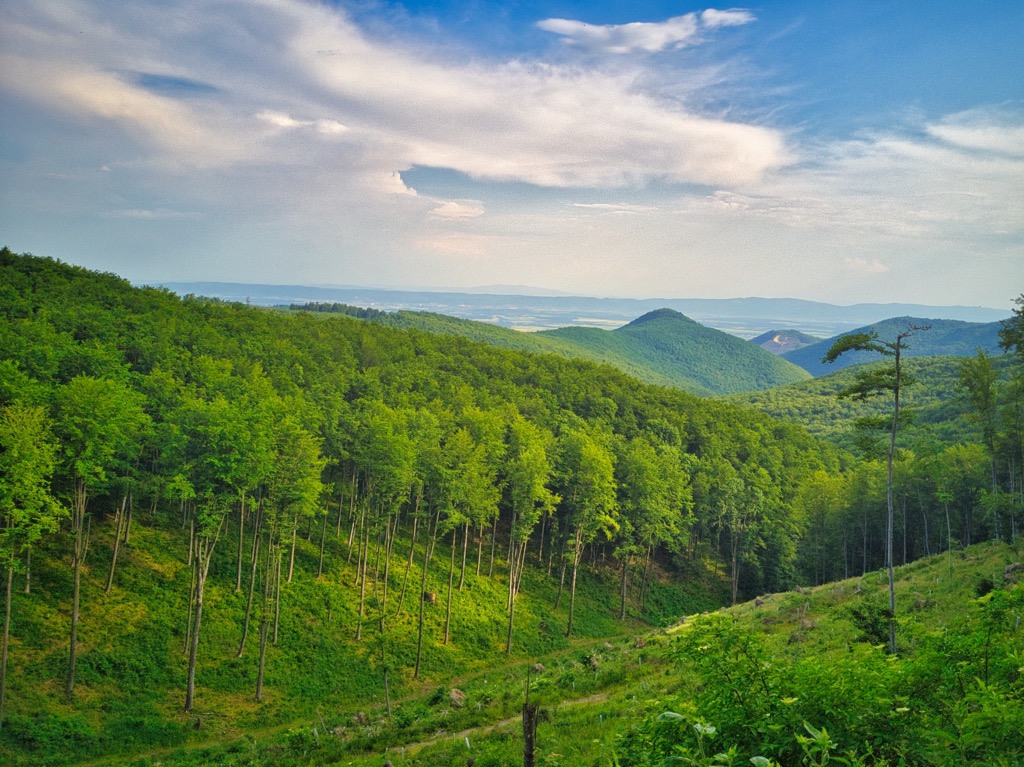
Papuk Nature Park is a protected area located in eastern Croatia, near the city of Požega. The park covers an area of about 336 sq. km (208 sq. mi) and was established in 1999 to protect the natural and cultural heritage of the region.
Papuk Mountain (953 m/3,126 ft) is the largest mountain in the Slavonia region (and the highest peak in the park). Papuk Nature Park is known for its diverse landscape, including forests, grasslands, wetlands, and rock formations. It borders mountains Bilogora to its northwest, Krndija to the east, and Ravna Gora and Psunj to its southwest. The Papuk region has been declared a 'Nature Park' for its extensive wildlife and natural beauty.
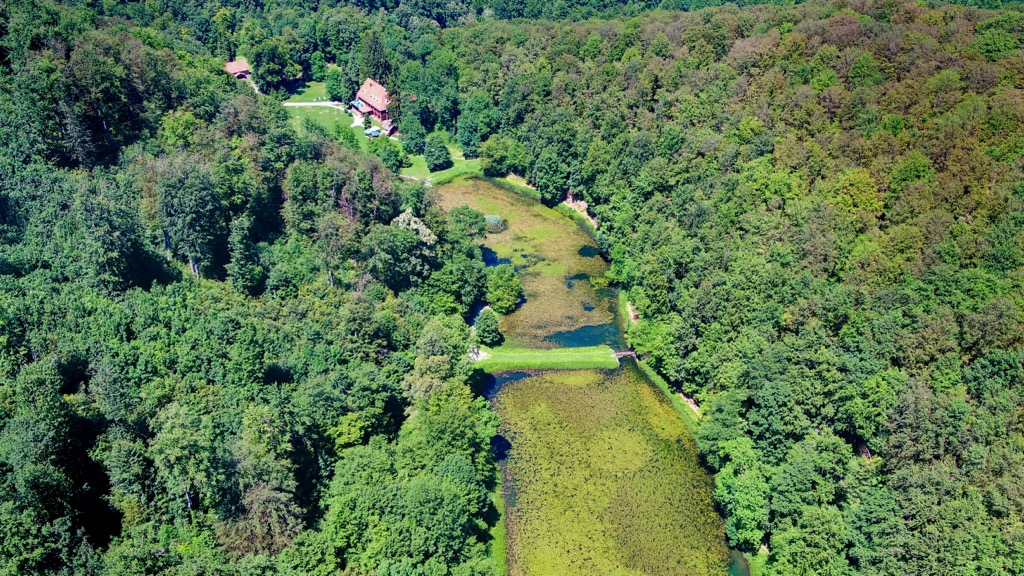
In 2007, Papuk Geopark became Croatia's first geopark and the thirtieth in Europe to join the European Geoparks Network. It is also affiliated with UNESCO’s Global Geoparks Network to promote sustainable economic growth by preserving its geological heritage.
The geopark, located in the two counties of Požega-Slavonia and Virovitica-Podravina, covers an area spanning 33,600 ha (83,000 ar) with upland forests of the Papuk and Krndija mountains as well as edges of agricultural fields. It has become a popular tourist attraction due to its unique geological features. In 2011, UNESCO bestowed its license on Geopark Papuk for the second time in recognition of its unparalleled beauty and significance.
The Papuk range is a part of the Slavonia highlands, situated in the low-lying region of Pannonia. The alluvial fields in the area lie below 100 m (328 ft) above sea level, while the hills are only slightly higher. Additionally, the highlands have forests that contrast with the surrounding plains.
The Papuk Mountain of the Slavonia Highlands traverses from west to east and is the largest, most captivating mountain in the area. It has two spurs branching out from its main ridge with a drainage basin running north-south.
A key feature of the area is the series of high points stretching continuously from Papuk (953 m/3,126 ft), Ivačka glava (913 m/ 2,995 ft), to Češljakovački vis (820 m/2,690 ft). These peaks form a divide that separates the Drava River to its north and the Sava River to its south.
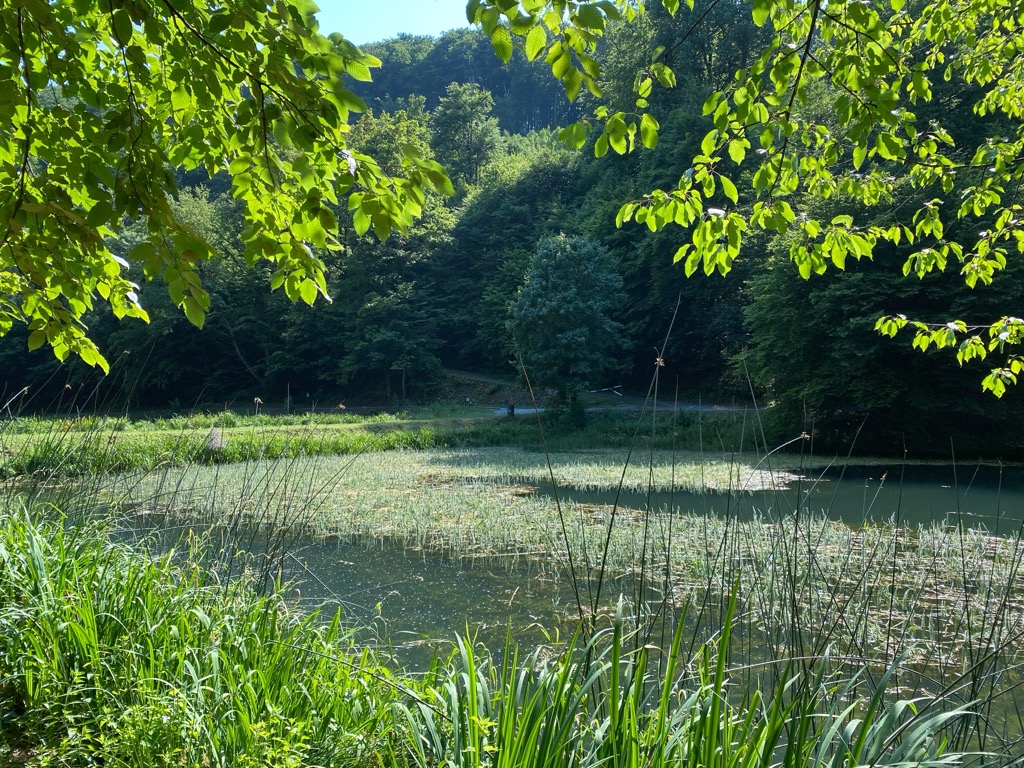
The perfect place for a family hike, the area has an abundance of huts and refreshment stops. This makes it easy to plan a multi-day trip that takes you through the entire park. It is convenient to drive from Zagreb to Papuk Nature Park using the A3 highway and then transfer onto federal highway 51 until you reach Pozega or Kutjevo.
Papuk Nature Park is renowned for its geological diversity; it contains features from almost every era of Earth's geological history, all in a relatively small area. Visitors can't find this remarkable sight elsewhere in Croatia.
Papuk National Park is known for its distinct geology, which includes a variety of rocks from the igneous, metamorphic, and sedimentary processes that occurred during its formation. In addition to this geological diversity, the Park also has certain specific geochronological features that make it fascinating to explore.
Papuk mountain range stands tall and proud at nearly one thousand meters above sea level, emerging from the former Pannonian Sea. Its layers showcase an incredible past that has reshaped its landscape drastically. The mountain has undergone many transformations over time, from the Pannonian Sea to its majestic centuries-old beech trees. Yet, it still preserves all its experiences and stories and will share them with any new visitor.
Nature has kept the evidence of past times intact. The millions of fossils scattered around Slavonia in the Croatian mainland tell a story from the ancient marine history of the region. Areas that were once islands in the Pannonian Sea have now become mountains.
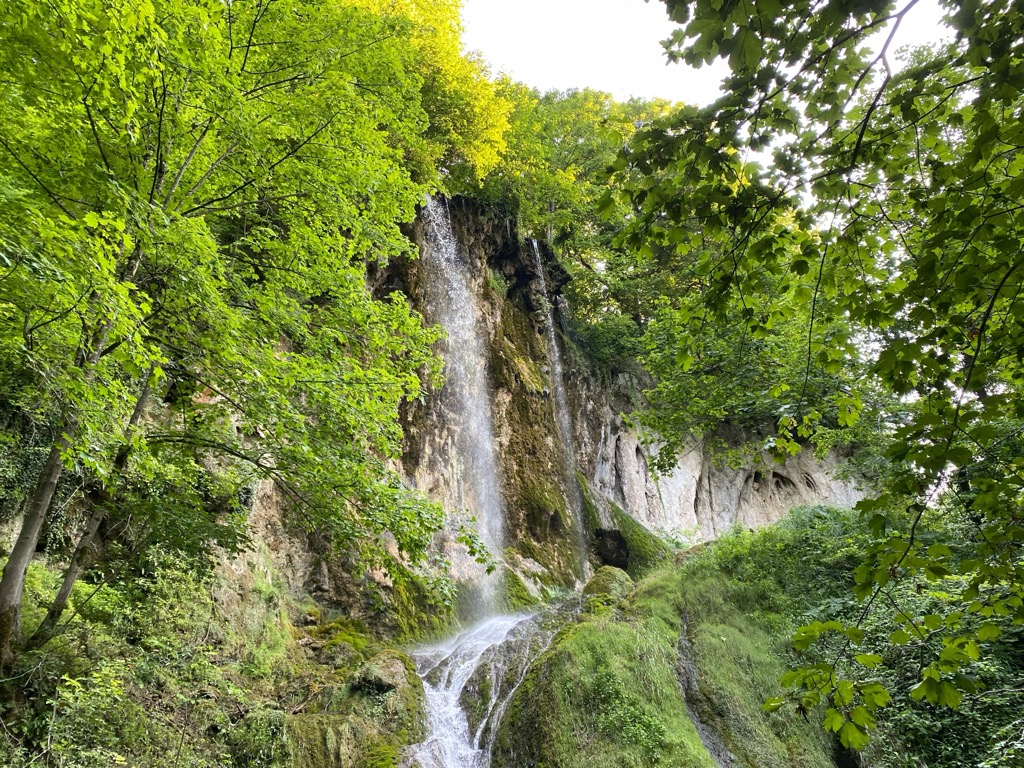
Paleozoic metamorphic rocks comprise most of the mountain, the oldest of which are more than 400 million years old and the oldest in Croatia.
The remarkable geology of Papuk Mountain is further emphasized by its noteworthy fossil discoveries, particularly from the Pannonian Sea timeframe. Its peak area is home to limestone and dolomite layers from the Mesozoic era, forming a miniature karst environment.
Papuk's Tisia Plate, part of the Pannonian Basin, is considered one of the region's most valuable geological features. Papuk Nature Park is also distinctive for its abundance of morphological karst characteristics, including abysses, caves, and sinkholes. Rupnica is a remarkable geomorphological occurrence caused by volcanic activity. It consists of giant rock steps made of stone pillars, and it's one-of-kind. Furthermore, its geological importance lies in its exceptional shape and composition.
The area exhibits an extraordinary natural value due to its unique geological formation, which consists of square, pentagonal, hexagonal, and other regularly-shaped prismatic pillars created by columnar jointing. The abundance of water bodies that exist here is truly unique. Another fantastic thing about the park is its numerous peaks:
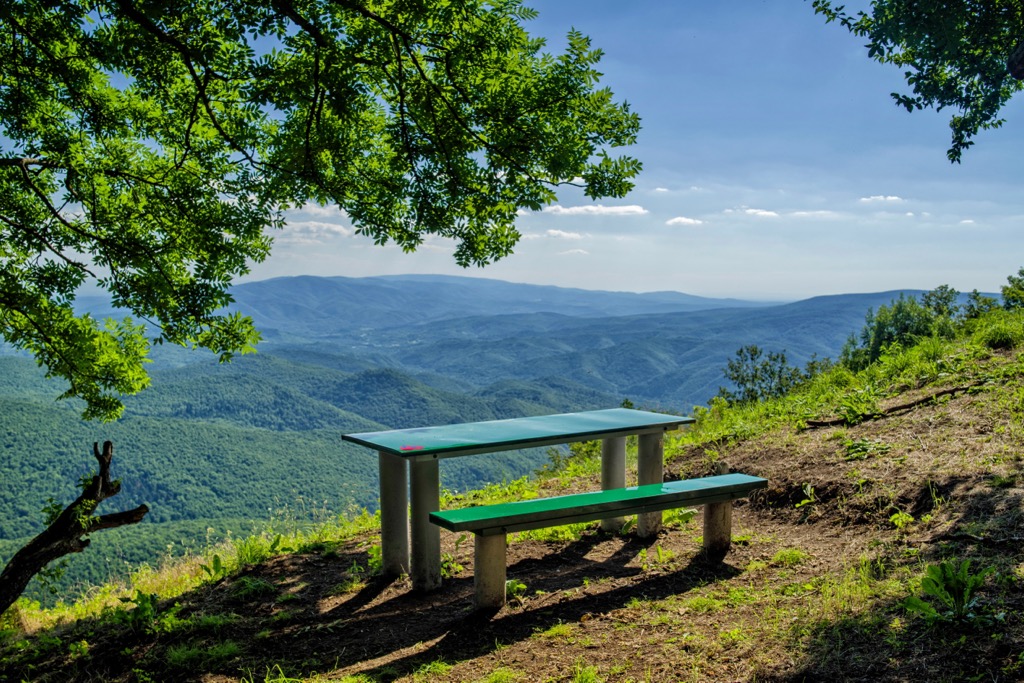
Papuk Nature Park is densely covered with forest vegetation, comprising thirteen different communities. The Park hosts an astonishing 1,223 plant species, making up a quarter of Croatia's total flora, including 102 endangered plants.
Papuk Nature Park is densely covered with forests, representing 96% of its surface area. The varied relief, geological features, and pedological and climatic influences create these local distinct forest ecosystems.
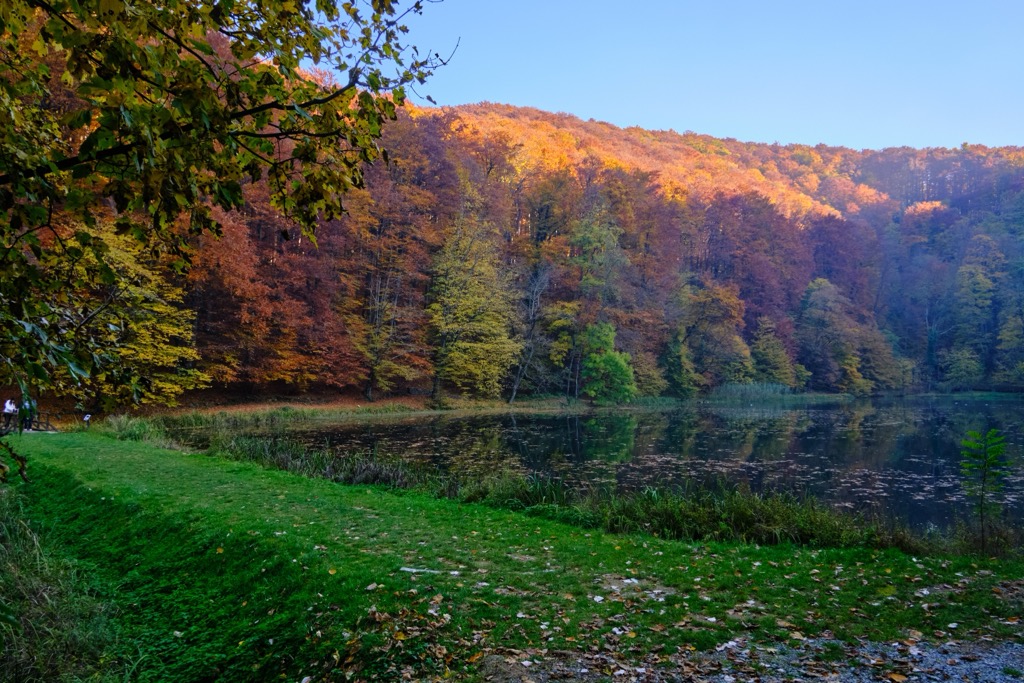
The sessile oak and hornbeam forests extend to 350 m (1,177 ft). As you go higher, the beech forests come into view, which vary in composition based on soil and climate conditions.
You can find Pannonian beech and fir forests at altitudes over 700 m (2,296 ft). Moving to the south, you come across an area filled with pubescent oak and manna ash woods. On the southeastern corner lies a few pockets of Italian oak and bitter oak forests as part of Papuk Nature Park.
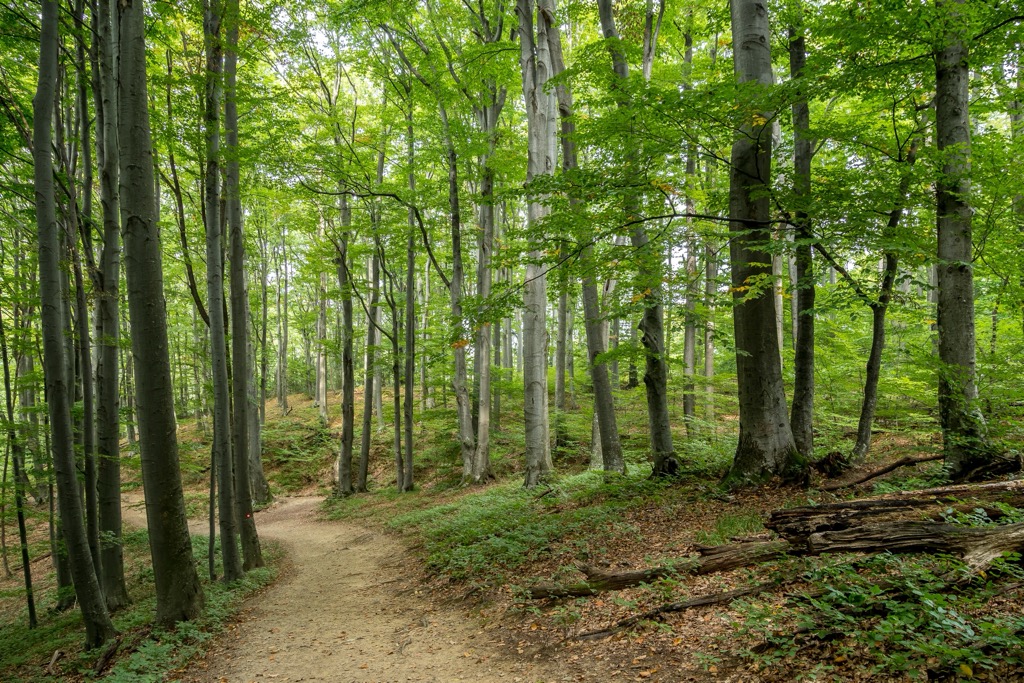
Beech trees are the most prominent in the Park. Certain parts of the region even have differently hued bark on these trees, making it appear blue - a phenomenon dubbed "the blue beech of Papuk."
The region is currently home to larger mammals such as red deer, roe deer, wild boar, red fox, and marten. Small mammals like the dormouse, red squirrel, common vole, wood mouse, and striped field mouse reside in forests.
The Nature Park is home to various hole-nesting birds, particularly woodpecker species. Visitors can find these animals in older forests with drier, decaying trees, making such forests a critical habitat.
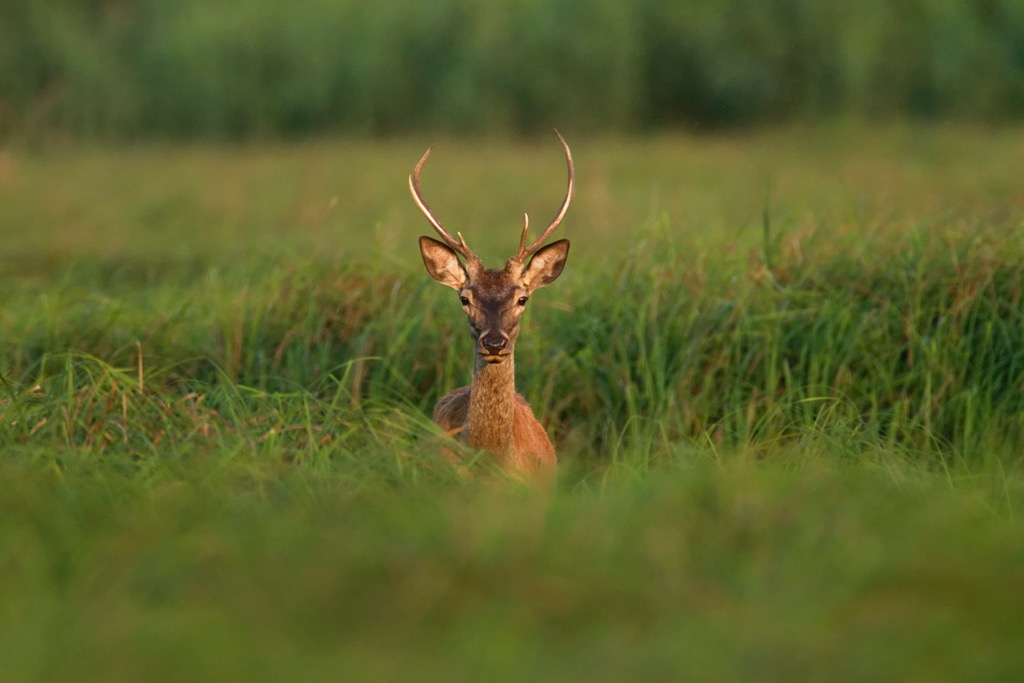
Papuk Mountain and Krndija have an extensive network of underground caves, pits, and abysses, providing an ideal habitat for many invertebrates. In addition, they are essential wintering and mating grounds for bats. The Uviraljka sinkhole is a significant winter shelter for bats in Europe, with 11 species recorded during winter.
Papuk Nature Park is renowned for its Hallstatt cultural relics from prehistory. Through excavation, Historians have determined that many settlements on the southern slopes of the park during the Iron Age. Archaeologists stumbled upon several urns in the cemetery of influential headmen. A graphite layer usually covered these black ceramic vessels; many had animal horn decorations indicating their high status. Additionally, historians have unearthed parts of warrior equipment that stand as evidence of affiliation with Ancient Greece in Papuk's ancient times.
Papuk forests are home to the ruins of seven medieval cities, dating from the thirteenth century to the Ottoman invasions in the fourteenth century. The lushness of this forest still hides these historical monuments.
Ružica grad, an ancient city constructed with immensely heavy stone blocks atop a 374-meter-high (1,227 ft) hill, remains an enigma regarding who built it and how they brought the rocks to such a high place. It is considered a popular sightseeing spot due to its captivating ruins.
Ružica grad is the largest castle in northern Croatia, spanning eight sq. km (five sq. mi). Its construction is shrouded in mystery and myths. Numerous legends live on to this day; one such story relates to its name. The legend tells us that fairies used to meet here to make magical potions. A nobleman thought building a city there would be a great idea. Understandably, the fairies were very alarmed and used their enchantments to ruin the plans of the nobleman.
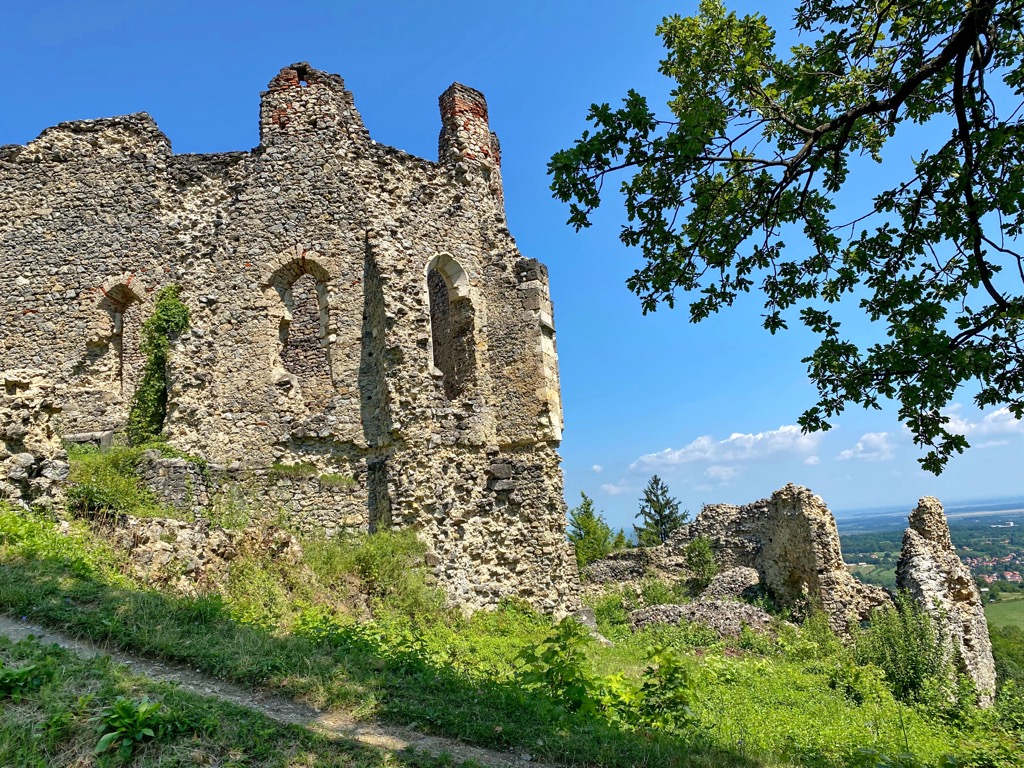
During the night, magical forces continually undid the builders' efforts to construct the fortress. The trickery enraged the nobleman, and he took a drastic measure of putting up a net around the construction site. Unfortunately, Ružica's hair got caught in the trap, and the humans captured her.
The nobleman turned the fairy to stone and placed her at the base of his city. Unfortunately, this wasn't enough to break her spell; when construction was complete, a colossal rock crushed the nobleman, thus ending his ancestry.
In the nineteenth century, the establishment of businesses by peasant manufactories was a common occurrence. The area around Papuk was abundant with forests, providing an ideal location for glass factories to flourish due to the availability of resources like potash and quartz required for glass production.
During the 1800s, Papuk was known for producing top-tier glass from its forest glass factories. These factories drew the attention of Europe and left them wanting more of the quality glass created in the area.
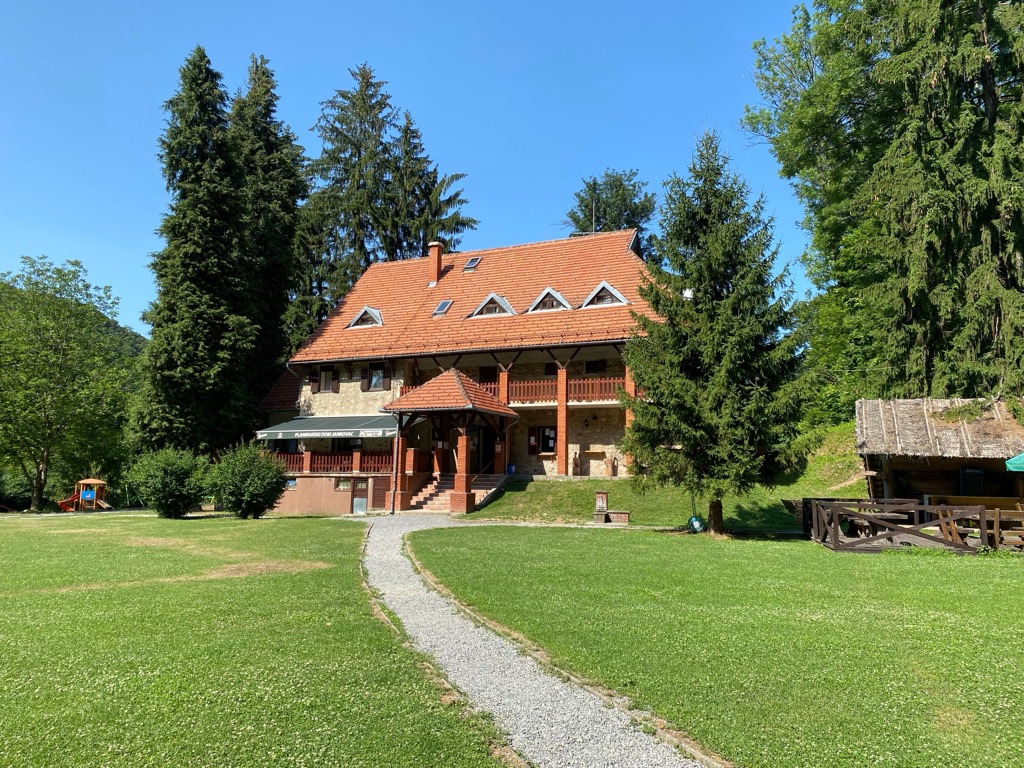
These are the most popular hikes in Nature Park Papuk
Jankovac park-forest is a superb spot to explore in Papuk Nature Park and makes an excellent choice for the entire family and beginner hikers. There's an instructive circular trail around it, stretching only 500 m (1,640 ft) in length.
Jankovac is a small park with numerous natural wonders like lush green meadows, two artificial lakes, a spring, and two intriguing caves. The 30-meter-tall (100 ft) Skakavac waterfall is the main attraction here. Visitors can explore all of these spots by taking the Grof educational path.
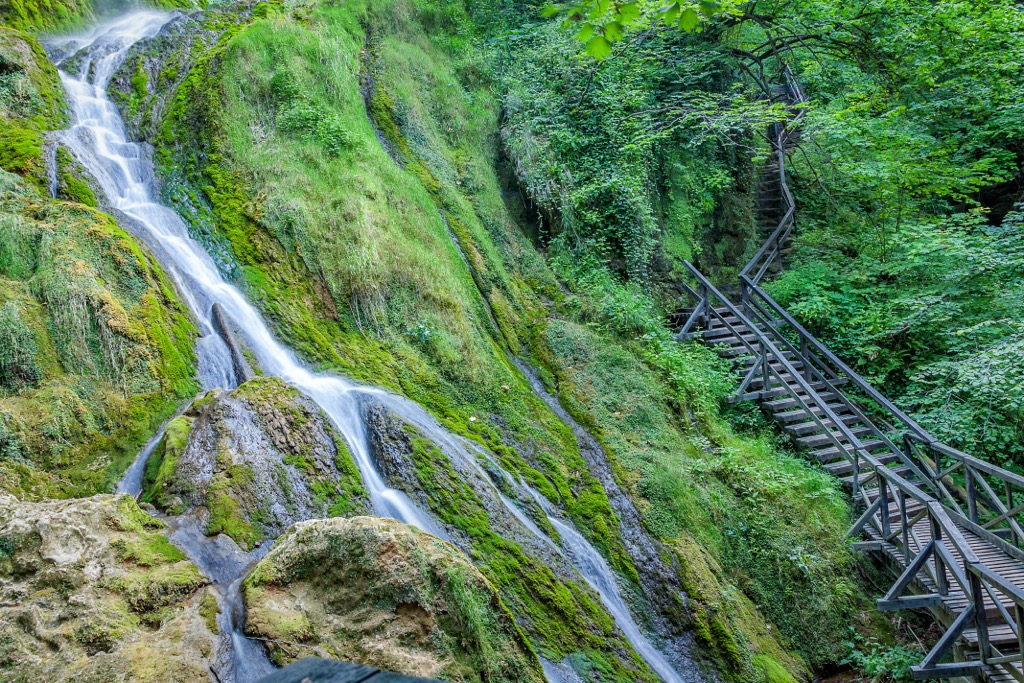
With direct car access, this picnic area is highly accessible, and no wonder it's the favorite spot for picnics in Papuk. The park caters to everyone, from families with toddlers to dog owners to hikers. Even if you're in poor physical condition, this trail is perfect.
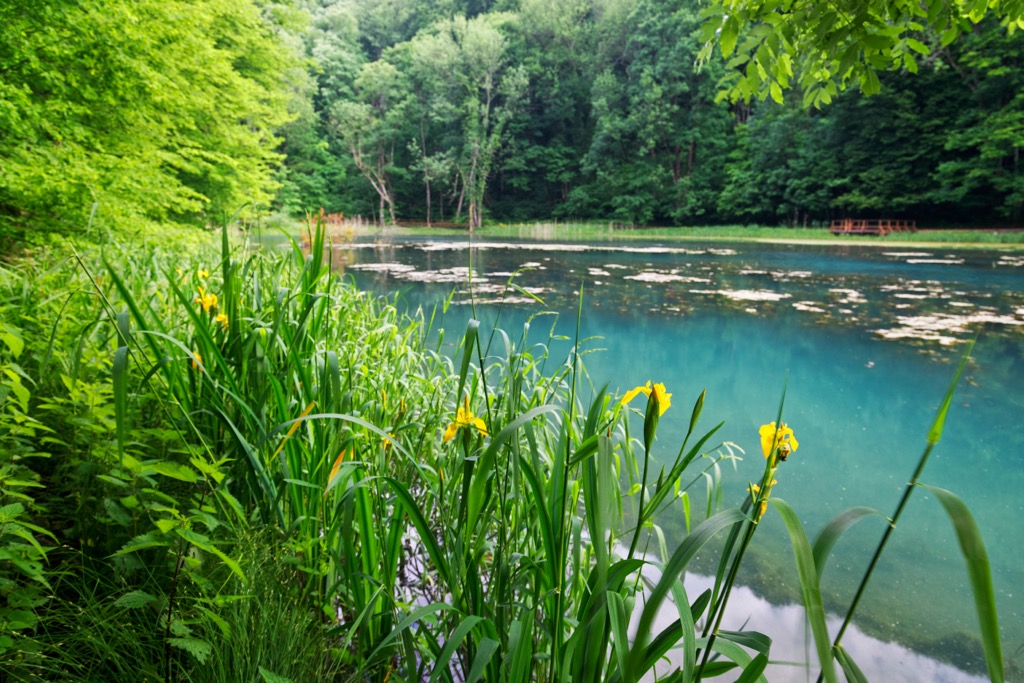
This tour is an incredibly thrilling and relatively demanding round trek for veteran hikers. The trail goes from Velika to Jankovac and will let you explore the history and natural beauty of the Slavonian mountain. You can learn about the region and witness its natural wonders while hiking the 17-kilometer-long (10.5 mi) trail.
Places such as Velički old town, Tauber rocks, Lapjak, Nevoljaš, Jankovac, and Duboka are all spots of interest that make the trek worth it. It takes around 5.5-6 hours to complete the journey, with an altitude difference of 850 m (2,788 ft).
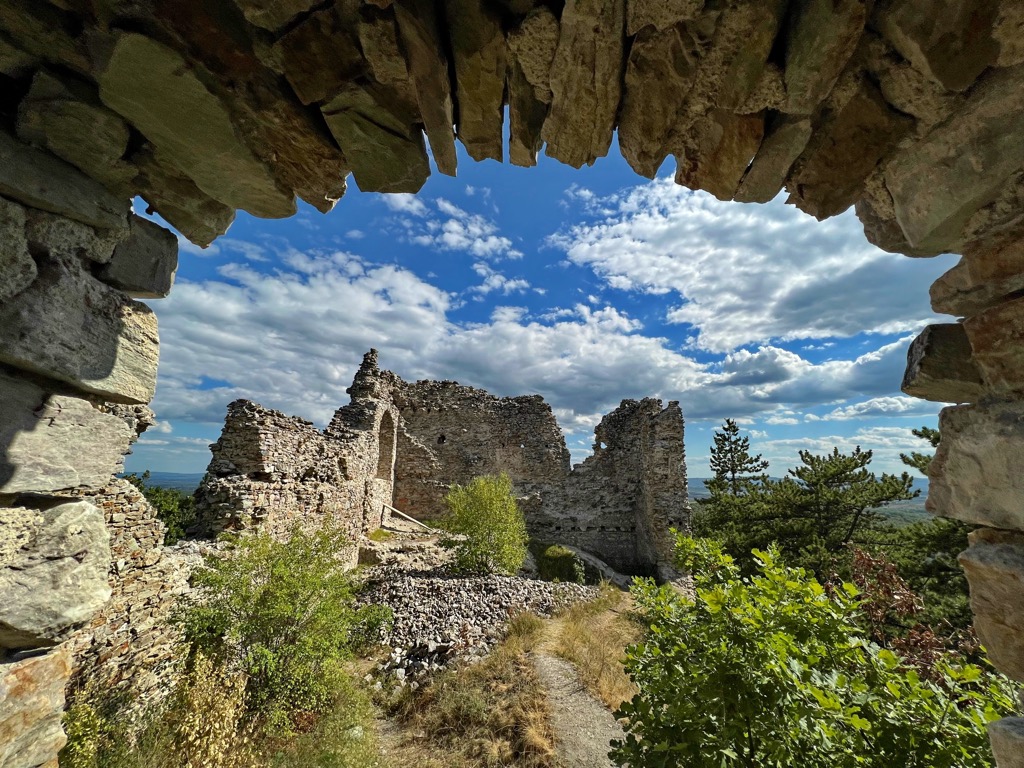
The ascent starts on the Velika-Jankovac road, near the monument to the victims of the Homeland War. You have to park your car there. This hike takes around 2 hours, and with an elevation gain of 400 m (1,312 ft) and a length of 7 km (4 mi), it is an intermediate hike.
The hiking trail initially follows the Macadam road, turns left, and follows the forest path to the top of Ivačka Glava. From this peak, the path descends toward PD "Jankovac" to the Macadam road. Turn left on the road and follow it to the top of Papuk (953 m/3,126 ft).
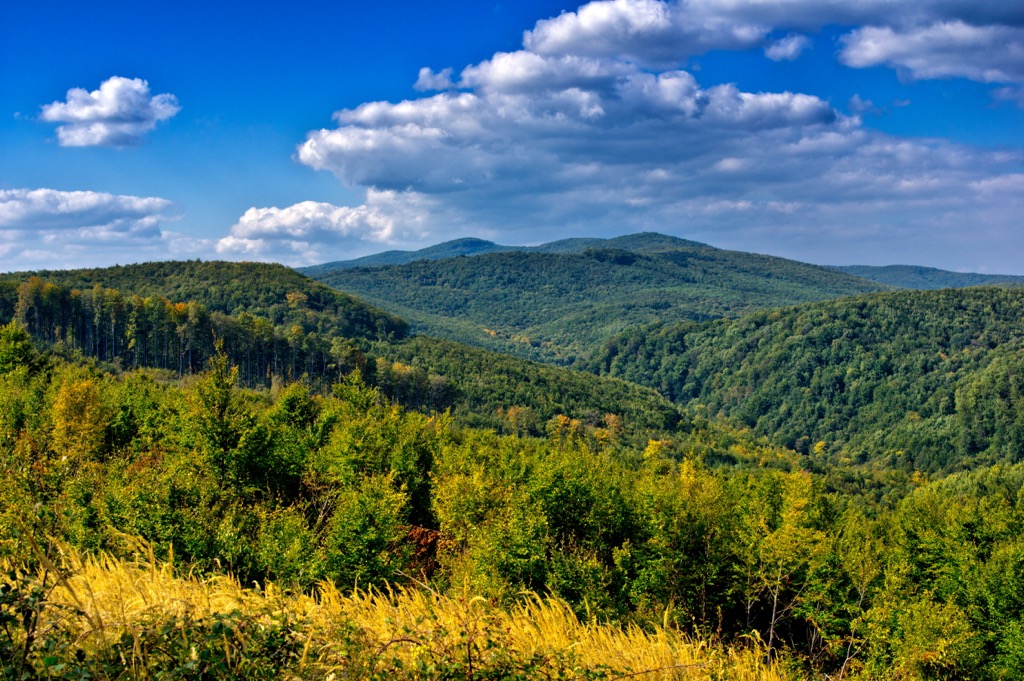
The biggest cities around Papuk Nature Park are:
Požega, Croatia, is a small town in the Slavonia region of Croatia. It is known for its rich cultural heritage, beautiful landscapes, and vibrant festivals. The town has a population of around 25,000 and covers an area of about 11 sq. km (6.8 sq. mi).
Požega offers a variety of accommodation options to suit all budgets and tastes. From luxurious hotels to cozy guesthouses, there's something for everyone. The town also hosts several festivals, such as the Požega Summer Festival and the International Folklore Festival.
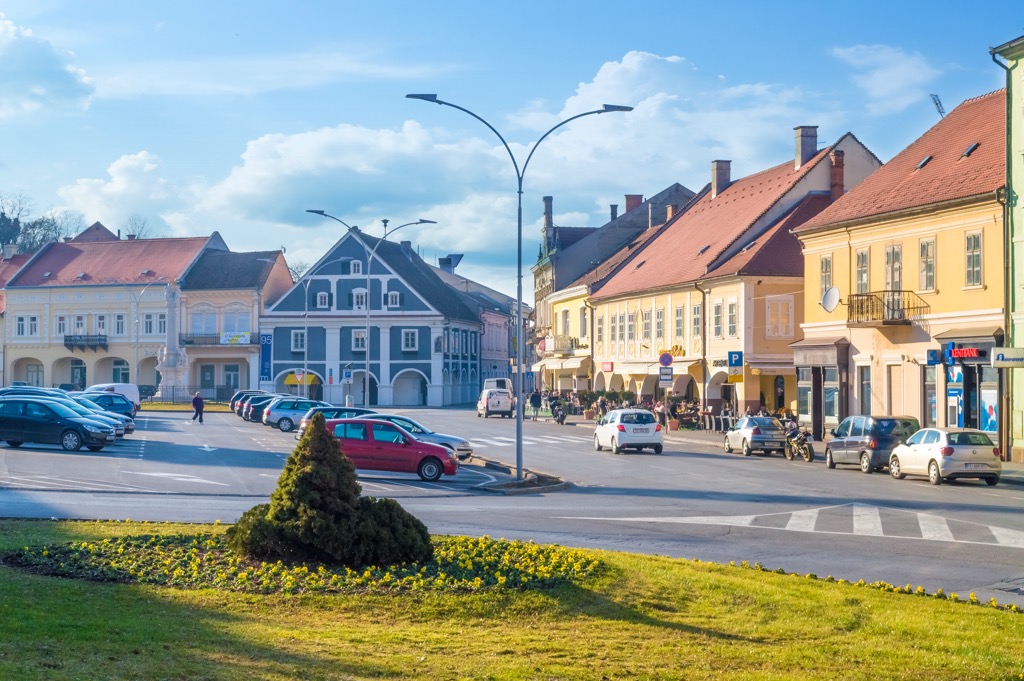
Slavonski Brod is a city in Croatia known for its rich culture and history. It is a small city with a population of around 50,000 and offers a variety of accommodation options ranging from hotels to hostels to private apartments. There are plenty of restaurants and cafes to choose from.
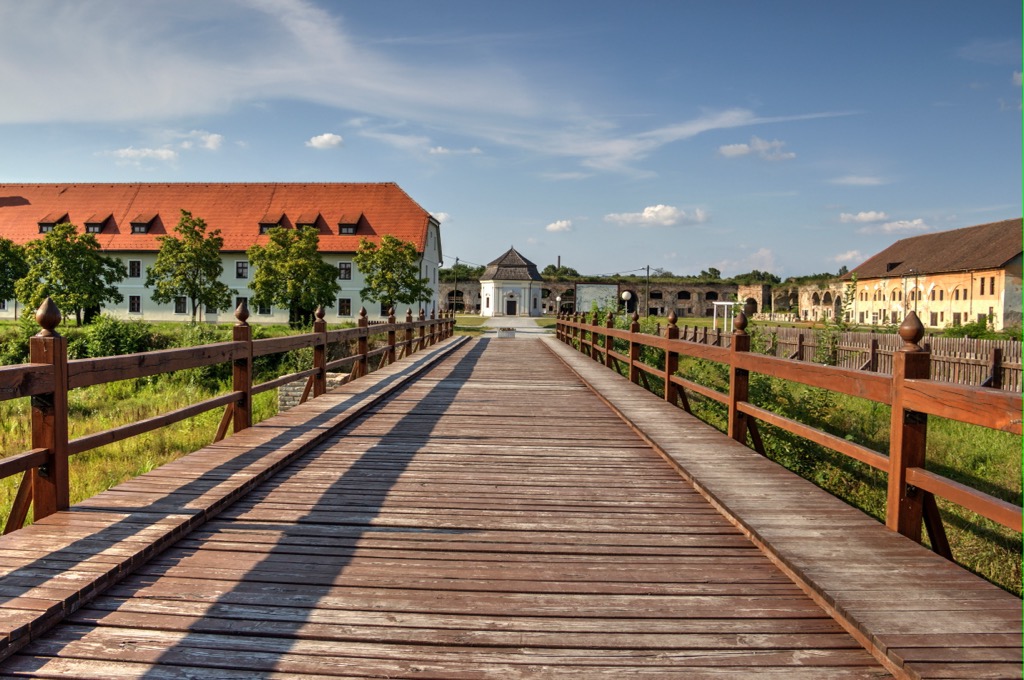
Osijek, Croatia, is a city in the eastern part of the country. It is known for its rich culture, history, and vibrant nightlife. The city has a population of around 85,000 and hosts several festivals throughout the year, including the Osijek Summer Festival and the Osijek International Film Festival.
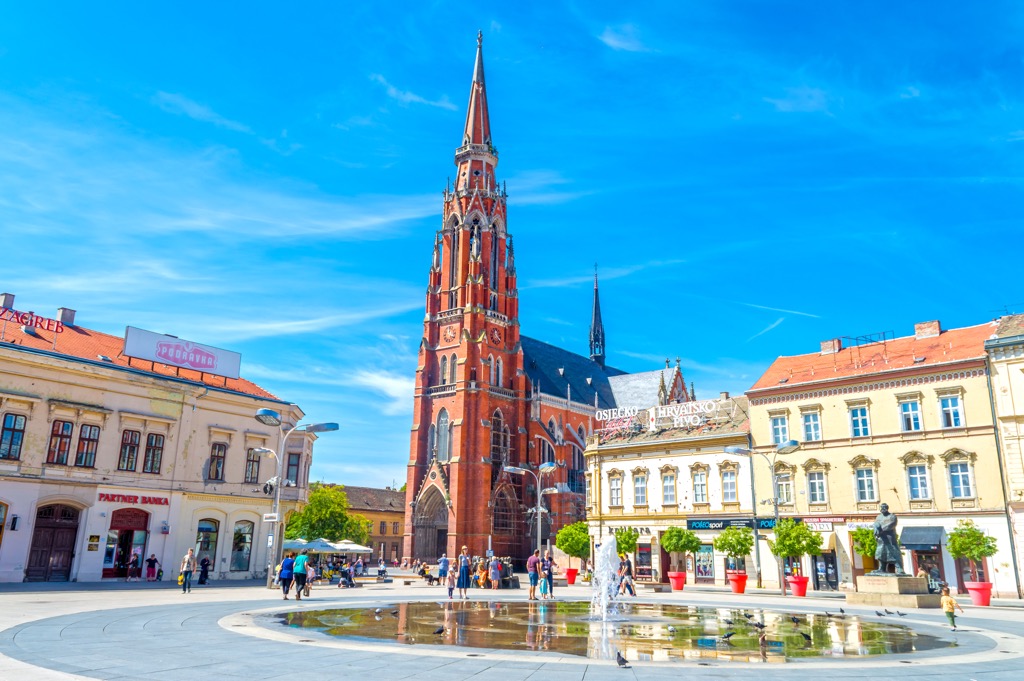
Explore Nature Park Papuk with the PeakVisor 3D Map and identify its summits.








